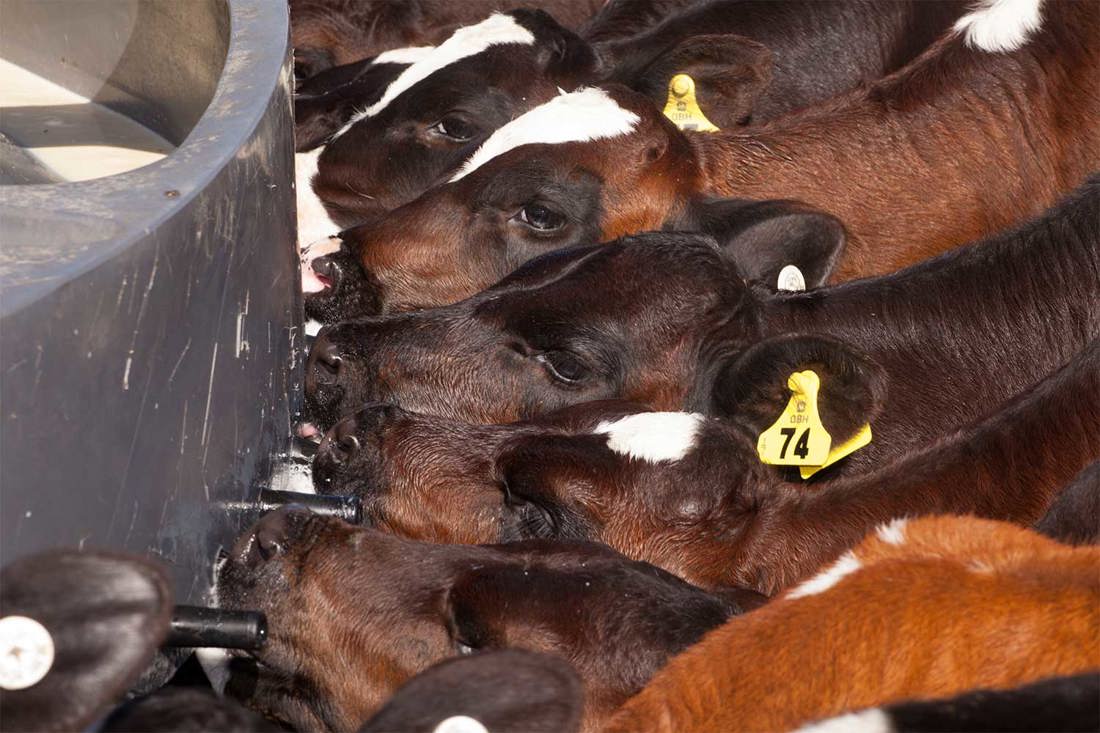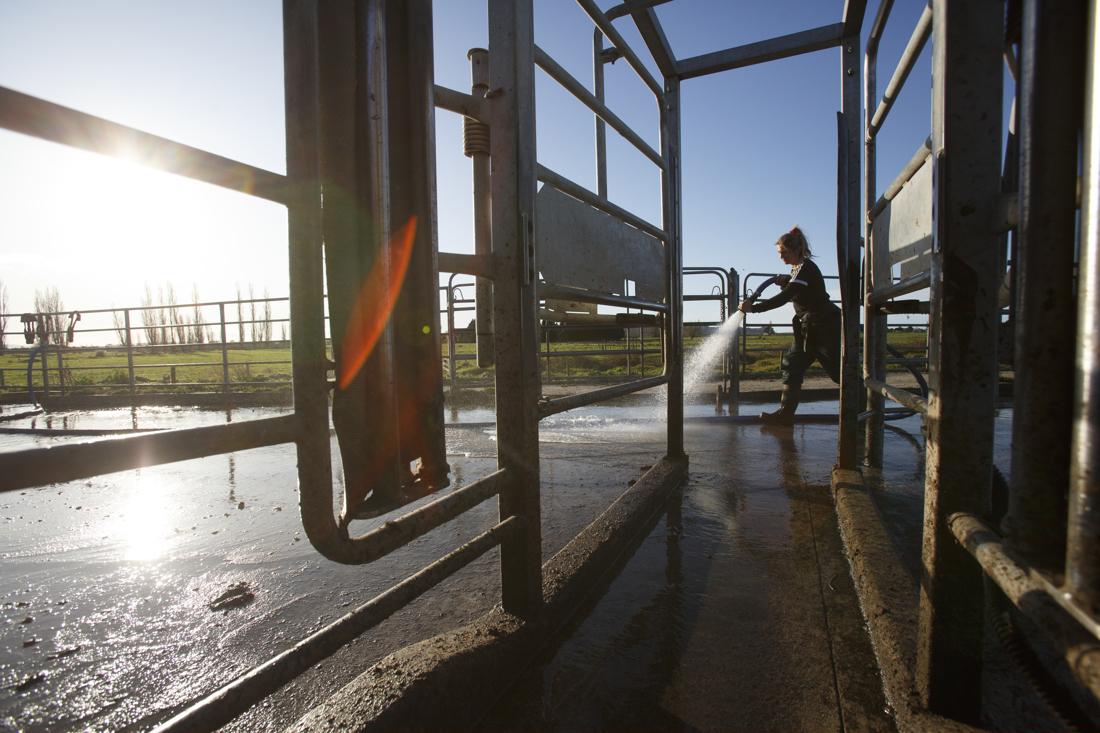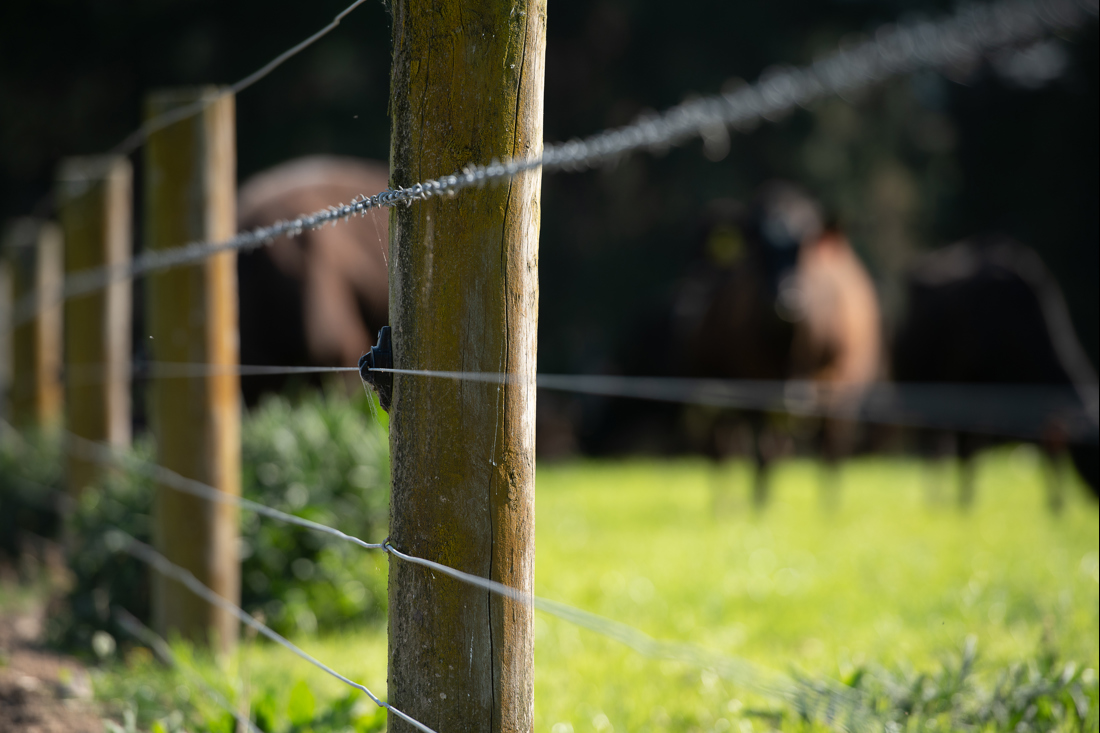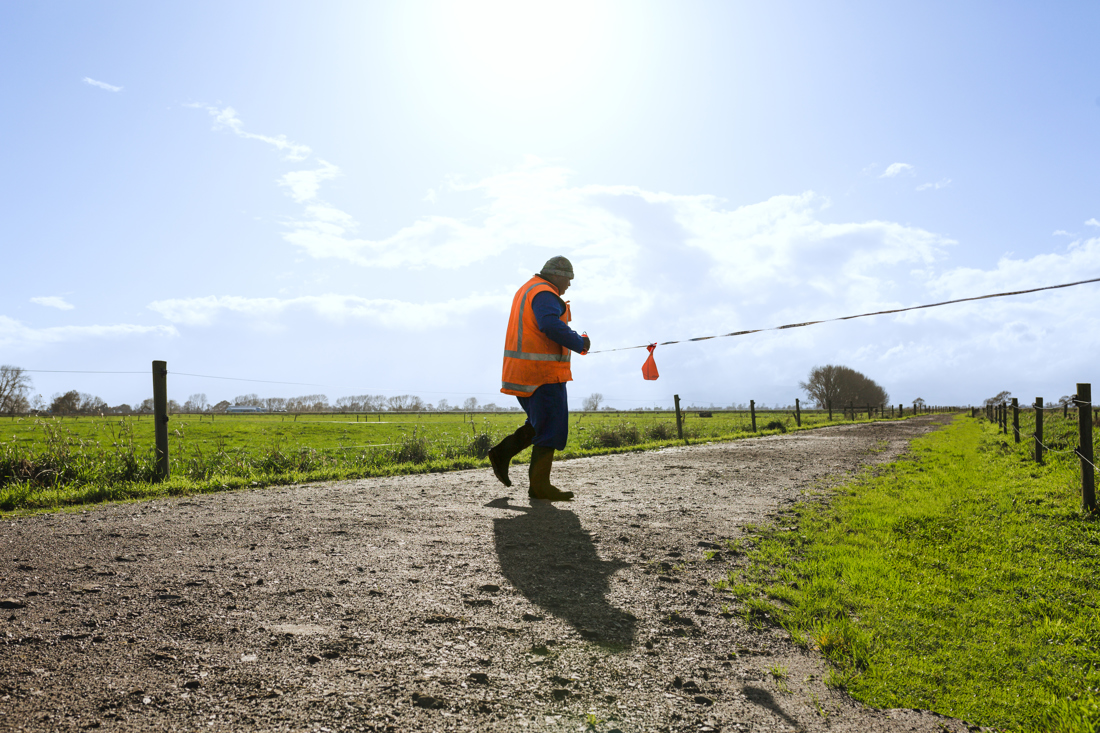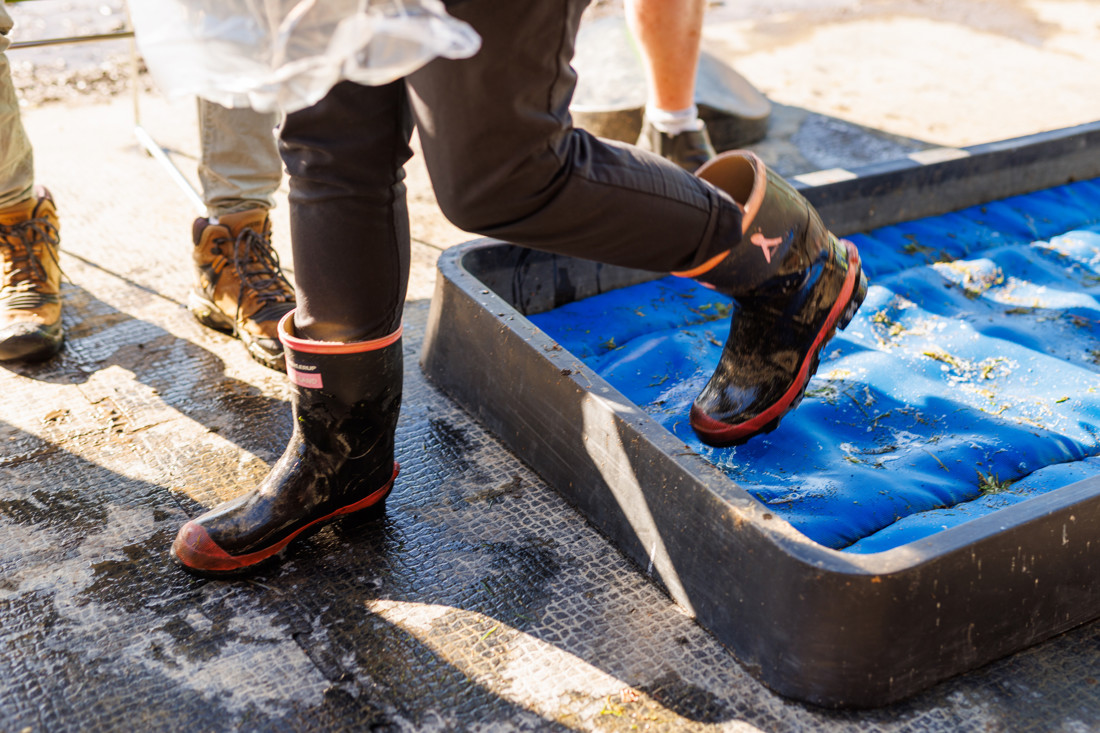Paying the dairy sector's share of the biosecurity response costs.
The Biosecurity Response Levy rate is currently 0
From 1 January 2025 the Biosecurity Response Levy (which previously paid for the M. bovis response) is set at 0 cents per kilogram of Milksolids, down from 0.8 cents per kilogram of milksolids as part of the transition of the M. bovis programme from response to pest management.
This reduction reflects the good progress made to eradicate M. bovis and transition to a pest management plan. While we may still see a few more cases, the programme is in a provisional absence phase, with surveillance activities being undertaken. The Biosecurity Response Levy remains in place to fund future biosecurity responses that impact the dairy industry. DairyNZ is responsible for setting the levy rate and collecting the levy via the dairy companies. It is separate from the DairyNZ Milksolids levy which we invest on farmers’ behalf.
The Biosecurity Response Levy came into effect in September 2019, after consulting with farmers who told us they wanted DairyNZ to manage the levy on their behalf.
With DairyNZ managing the Biosecurity Response Levy on your behalf, it gives dairy farmers a voice, and DairyNZ a seat at the decision-making table for biosecurity responses to help your voice be heard.
About the Biosecurity Response Levy
In February 2019, we consulted with farmers about the Biosecurity Response Levy which funded the dairy industry share of the Mycoplasma bovis programme before transitioning to pest management.
Farmers told us they wanted the levy to be managed by DairyNZ and supported the cap (maximum rate) being set at 3.9 cents per kilogram of Milksolids per year.
The Biosecurity Response Levy rate is set each year and is communicated with farmers in writing in advance of the effective date.
The levy is administered by milk supply companies. On a milk docket, it shows as ‘Biosecurity Response Levy’.
Questions and answers about the Biosecurity Response Levy
Was this reduction expected at this point?
Yes, with the transition of the M. bovis programme to pest management, a new levy under the Biosecurity (Mycoplasma Bovis—Cattle Levy) Order 2024 was required to fund the programme from 1 January 2025, and the Biosecurity Response Levy is zero rated.
Could the Biosecurity Response Levy rate increase again?
Yes, but only in the event of a future biosecurity response that impacts on the dairy industry and farmers will be notified of any future change. The Biosecurity Response Levy remains in place and zero rated, and can be used in the event of a biosecurity response.
Is the biosecurity response levy separate to the DairyNZ Commodity levy?
Yes this is a separate levy, managed by DairyNZ to fund dairy industry biosecurity response commitments under the Government Industry Agreement (GIA).
What assurance can you provide that the biosecurity levy will be put towards the genuine recovery and not used up in ‘admin’ expenses?
The money can only be spent on response and recovery of an incursion. The levy is used to pay the dairy industry share of response costs after they are incurred. The levy will drop down with the response costs. By DairyNZ managing the Biosecurity Response Levy, farmers get more assurance that it will be spent on response activities and we have a seat at the decision-making table. We will let farmers know each year what the levy will be.
Questions and answers about the Government Industry Agreement (GIA)
Why did DairyNZ sign us up to GIA in the first place?
There is always the risk of unwanted pests and diseases making their way to New Zealand and affecting dairy farming. The GIA commits industry and government to work together in partnership to improve readiness for future biosecurity events, and jointly respond to future outbreaks. By working together, we can be better prepared at stopping or immediately finding new arrivals, and as such reduce the damage from incursions, and have more certainty that we can eradicate.
DairyNZ has leveraged significant Government funding in this partnership, with Government funding 68% of the M. bovis programme. Through the GIA we can get agreed contributions from Government tax payer money to fund biosecurity responses.
By signing up to GIA we have a seat at the decision-making table in setting biosecurity priorities. Non-GIA signatory beneficiaries are going to still be required to pay, but they won’t have any decision-making rights.
If you are a signatory to GIA and don’t agree with the direction of a response, do you still have to pay cost shares?
Yes, if the dairy industry is a beneficiary of the response, once a response starts the dairy industry would have to pay for the proportional share of response costs. For industries that benefit from response activities but have not signed up to the GIA, MPI will recover costs from that industry by imposing biosecurity levies to cover their share of the costs.
Could non-signatories to GIA walk away from a response and not have to pay anything?
There are currently 25 GIA signatories, and all the significant animal and horticulture sectors have joined. MPI is looking at the policy and regulatory framework needed so that non-GIA signatory beneficiaries will be paying their share, but they won’t have any decision-making rights. The bottom line is industry will need to contribute to biosecurity responses, either by an imposed levy or through negotiation of funding proportion through a GIA operational agreement. Industry stand to get a better deal through the GIA route.
Is the DairyNZ Board entering into commitments where there could be liability issues because we can’t pay? If we can’t pay does GIA fall over?
The DairyNZ Board has and will be prudent in only entering into commitments that can be funded. DairyNZ on your behalf decides what it will sign up for and whether we are beneficiaries of any response. We then negotiate with Government and other sector beneficiaries on fair and equitable cost shares specific to a response. The DairyNZ Board will make sure that liability is limited before we sign up to any commitment.
